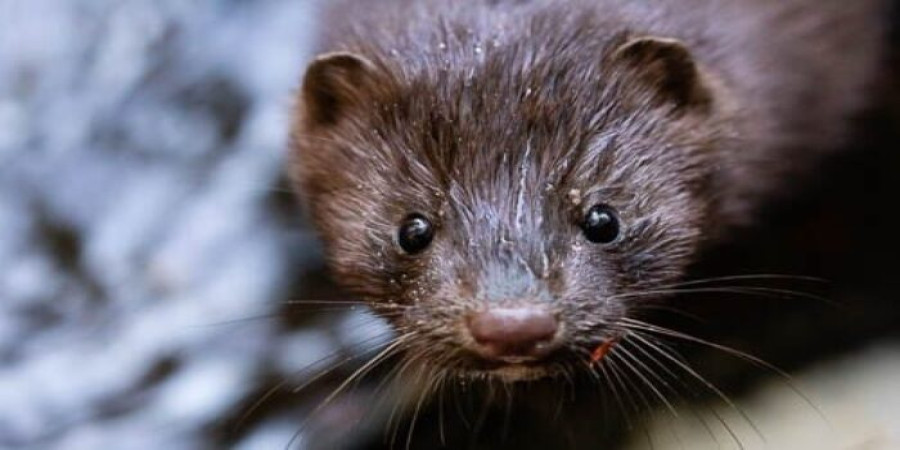

Predator's Pantry: The Surprising Foods Minks Eat to Survive
Minks, those sleek and agile semi-aquatic carnivores, are skilled hunters with a taste for a surprisingly diverse menu. Beyond the expected fish and frogs, their diet reveals fascinating adaptations and a resourcefulness that allows them to thrive in various habitats. Let's delve into the fascinating world of the mink's pantry, uncovering the surprising foods that fuel their active lifestyles.
Aquatic Staples:
- Fish: Fish are a primary source of sustenance for minks, particularly in wetland habitats. Their streamlined bodies and powerful swimming abilities make them adept at catching prey like perch, minnows, and even small eels.
- Amphibians: Frogs, toads, and salamanders are all fair game for minks. Their agile movements and long necks allow them to snatch these slippery amphibians from their hiding places.
- Crayfish and Mussels: These crustaceans and mollusks provide a valuable source of protein and calcium for minks. Their sharp claws and teeth allow them to break open shells and access the tasty insides.
Land-Based Meals:
- Small Mammals: Minks are opportunistic hunters and readily prey on small mammals they encounter on land. Voles, mice, shrews, and even rabbits can find themselves on the mink's menu.
- Birds and Eggs: Minks possess impressive climbing skills and can raid bird nests, relishing both eggs and young birds. They may also snatch ground-nesting birds or those taking off or landing near water.
- Insects: While not a primary food source, minks will occasionally supplement their diet with insects like beetles and grasshoppers.
Opportunistic Feasts:
- Carrion: When readily available, minks are not above scavenging on carcasses of larger animals left behind by other predators.
- Small Snakes: Despite the risk, some minks are bold enough to hunt and consume small snakes. Their agility allows them to avoid venomous bites.
- Human-Sourced Food: Minks venturing near human settlements might scavenge for scraps or even target unprotected poultry.
A Dietary Balancing Act:
The specific composition of a mink's diet varies depending on:
- Habitat: Minks in wetland areas will naturally consume more fish and amphibians, while those in forests will rely more on small mammals and birds.
- Seasonal Availability: Prey availability fluctuates throughout the year. Minks adapt their hunting strategies to target whatever is most abundant.
- Energy Needs: During breeding season or when raising young, minks require more protein and fat, influencing their prey choices.
References:
- University of Michigan Museum of Zoology: Mink Diet
- Smithsonian National Zoo: Mink
- The Canadian Encyclopedia: Mink [https://www.thecanadianencyclopedia.ca/en/article/mink]
The mink's diet showcases their remarkable adaptability and opportunistic nature. From aquatic feasts to land-based hunts, these fascinating predators demonstrate their resourcefulness in extracting the sustenance they need to survive and thrive within their diverse environments.
Popular articles

Apr 11, 2024 07:40 PM

May 25, 2024 08:09 PM

Apr 11, 2024 07:22 PM

Apr 10, 2024 07:59 PM

Mar 14, 2024 07:53 PM
Comments (0)